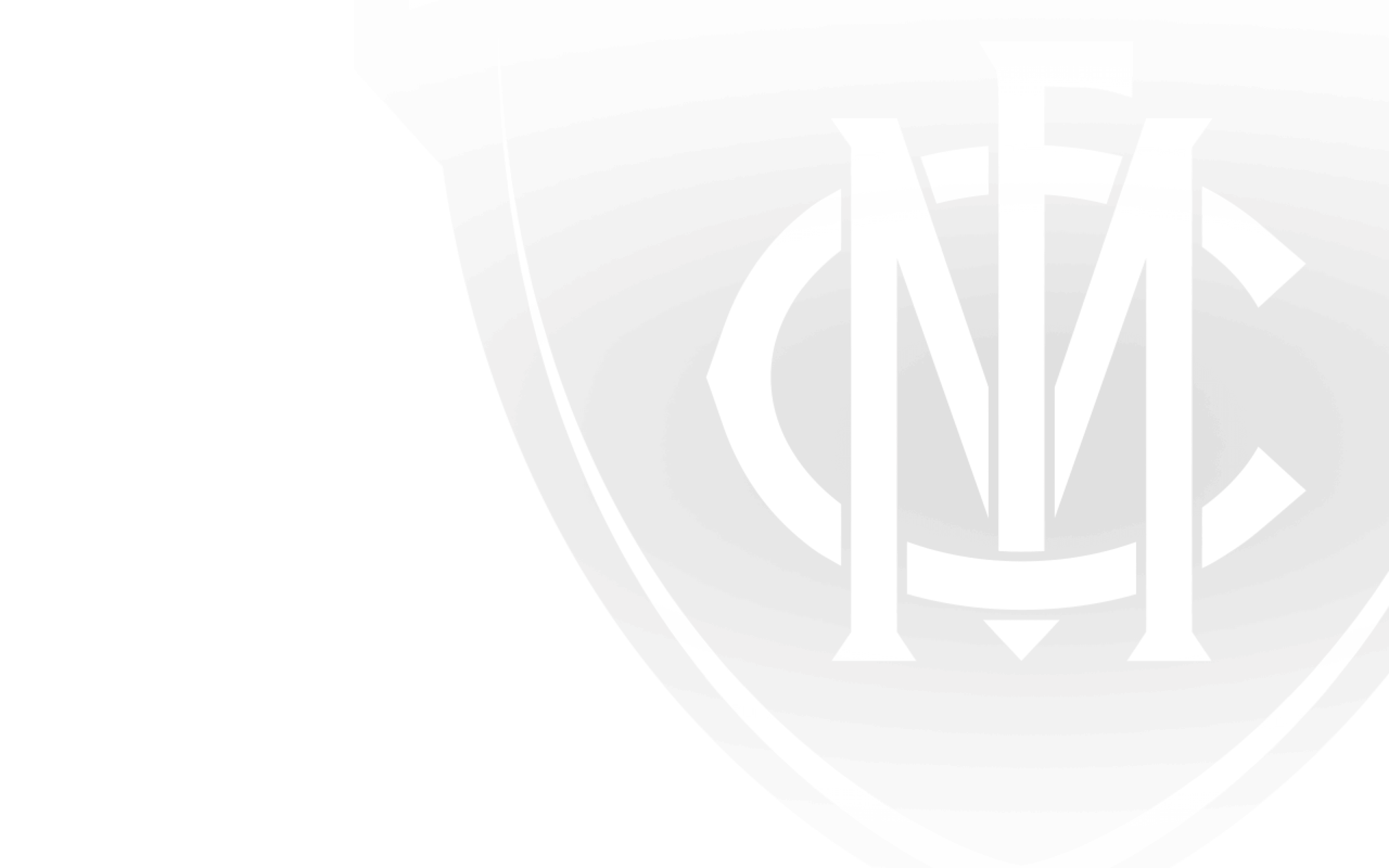Having started with Melbourne as a young assistant coach in 2000, through to my previous line roles with Hawthorn and Adelaide, my positions in the coaches’ box have varied along the journey.
As a line coach I have predominantly focused on stoppages and transitions from stoppages, whereas now my role is to be one step removed from the line coaches and coaching staff.
In my new role in the coaching box I coordinate a lot of information between the line coaches and Dean Bailey or Craig Lees, who does our rotations, on the bench.
Communication also comes back the other way. Dean and Craig also need to know information from the line coaches and whether we need to make a change or alter a specific match-up.
I then pass the information onto the line coaches to make the decision. Then I will confirm match-ups with Craig.
At times, there might be occasions when we are discussing certain positions or moves, which one of the coaches might bring up.
Sometimes, in the heat of battle, everyone is focusing on what their role is and then I have to grab everyone’s attention and say, ‘hang on, there has been a suggestion made - what are everyone’s thoughts on that?’
Once I get a response from the coaches, I relay that message to Dean on the bench. If he’s happy with that, then we execute that move through Craig on the bench.
In a nutshell, that’s my role in the coaches’ box.
It’s really to coordinate the information from the coaches when needed and be the link in the communication between the box and Dean and Craig on the bench.
When I reflect on my early days as an assistant coach at Melbourne, the only communication happening in the box was with the senior coach and the runner.
There wasn’t a great input from line coaches back then. It was mainly run by the senior coach.
When I was at Hawthorn, senior coach Alastair Clarkson worked really closely with the line coaches.
The line coaches were responsible for all of their own match-ups and the analysis of what was happening in the game. You also had to have your finger right on the pulse of your key performance indicators that were available through the statisticians.
Line coaches had the flexibility to change their own mix of players and strategies through their particular area.
And when I was at Adelaide, it was similar to Hawthorn.
You were responsible for your own line and threw up suggestions to senior coach Neil Craig when necessary.
We also started experimenting with line coaches and the senior coach sitting apart. For example, forward and back coaches would sit behind the goals, senior coach on the bench and the midfield and ball movement coaches in the box.
There is no doubt that the role of coaches in the coaching box on match day has changed significantly over the years and will continue to do so with new technology changing the face of coaching very rapidly.


